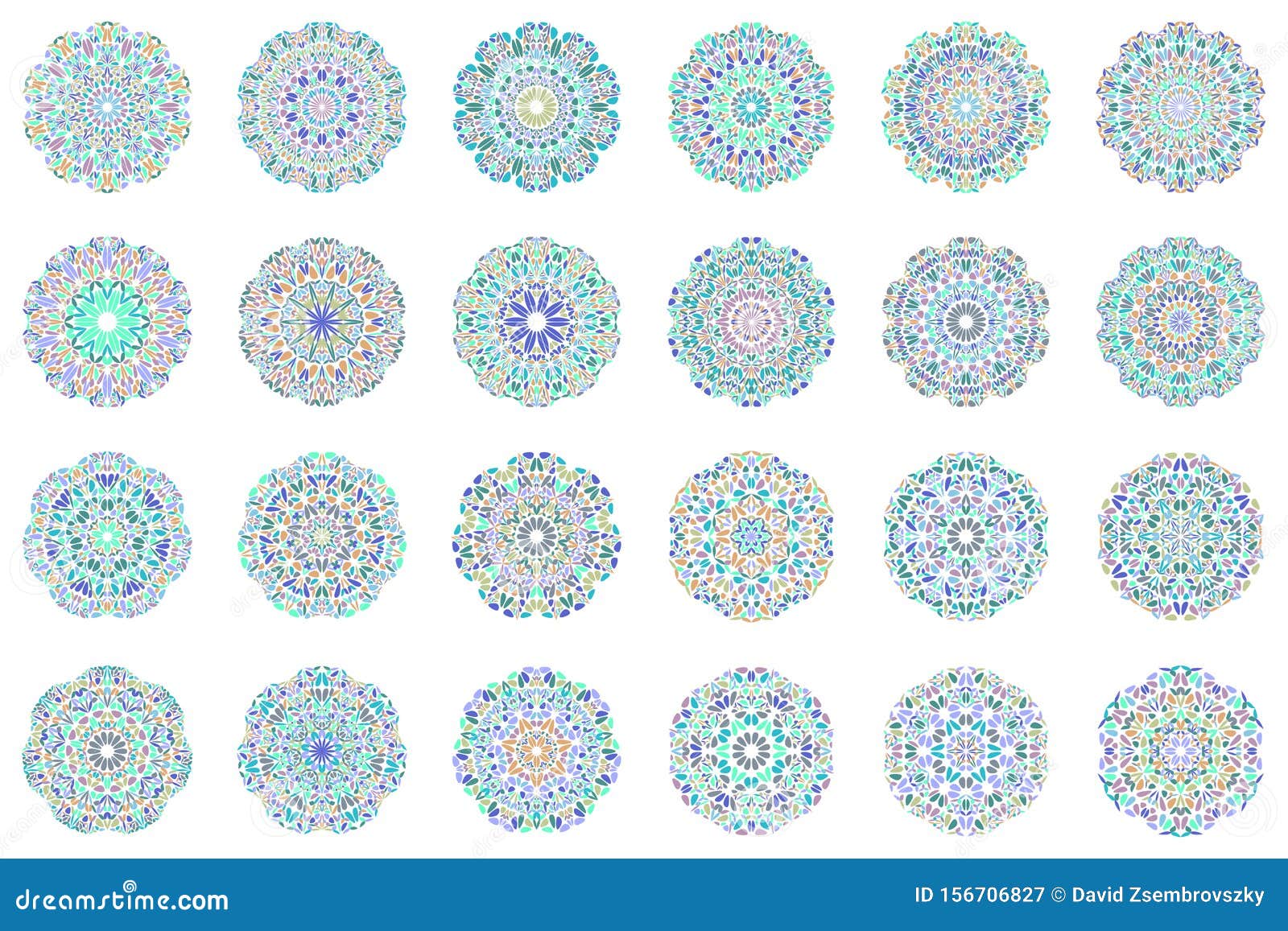Æ»…Ƴ• Çÿ¢ ɱˆ è ż±Æ°— ë ¹
Sometimes, the most intriguing stories and profound insights hide in plain sight, much like a fleeting glimpse of a truly special creature or a soft whisper of something easily missed. It's almost as if the world holds these subtle, potent secrets, waiting for us to notice them, to perhaps even come close enough to truly appreciate their presence. This idea, of finding strength or even a sort of gentle connection in what might appear to be a quiet vulnerability, really does make you think about how we look at things.
There are moments, you know, when a small detail, something often overlooked or dismissed, carries a surprising amount of weight or a rich history. We tend to rush past these little bits of information, not realizing the deep currents running beneath the surface. It’s like trying to catch a quick, darting movement in the water – you need to be still, to observe with a quiet sort of focus, to truly see what’s there. That, in a way, is what we are exploring here.
Think about a character, a simple mark on a page, that has a story woven through centuries, yet it’s barely used in our everyday talk now. This quiet symbol, much like a subtle shift in the wind or a barely audible sound, holds a past that tells us a lot about how language changes and how we perceive meaning. It gives us a good chance to consider what it truly means to connect with something often forgotten, or perhaps even something that seems a little bit fragile.
- Tnt Tony Dinar Twitter Today Live
- Siarly Twitter
- King Nasir Twitter
- Wiener Circle Twitter
- Karlye Taylor Leaked Of
Table of Contents
- The Whispers of 滅法 矢 鱈 ã ¨ 弱気 ã に ã‚ス
- What's the Story Behind This Subtle Character?
- Decoding the Old Language - A Look at 滅法 矢 鱈 ã ¨ 弱気 ã に ã‚ス
- How Does 'æ' Teach Us About Hidden Sounds?
- The Curious Case of 'æ' - More Than Just Letters
- Can a Single Symbol Hold So Much Past?
- When Old Ways Meet New Thoughts - 滅法 矢 鱈 ã ¨ 弱気 ã に ã‚ス
- Why Do We Often Overlook These Small Details?
The Whispers of 滅法 矢 鱈 ã ¨ 弱気 ã に ã‚ス
The very phrase "滅法 矢 鱈 ã ¨ 弱気 ã に ã‚ス" carries a sort of quiet mystery, doesn't it? It makes you ponder what it truly means to come close to something powerful, perhaps even something that feels a little bit otherworldly, and yet also to acknowledge a softer side. It’s a bit like encountering a rare, beautiful creature that has a reputation for being swift and strong, but also possesses a delicate nature if you look closely enough. This idea of a gentle approach to something that appears formidable is, you know, rather thought-provoking. We're talking about recognizing a quiet strength, or perhaps a hidden vulnerability, in things we might otherwise just pass by.
Consider how often we are drawn to the big, flashy things, the loud pronouncements, or the obvious displays of might. Yet, sometimes, the most significant impact comes from something far more subtle, something that requires a gentle touch or a keen eye to truly appreciate. This is somewhat like how a small, seemingly insignificant character in our alphabet holds a vast history and a unique sound, often forgotten in the rush of modern communication. It’s a quiet reminder that real depth can be found in places we least expect, and that a close look at "滅法 矢 鱈 ã ¨ 弱気 ã に ã‚ス" might reveal something profound about our own perceptions.
What's the Story Behind This Subtle Character?
Our journey into the quiet power of "滅法 矢 鱈 ã ¨ 弱気 ã に ã‚ス" begins with a look at a character that, in its own way, embodies this very idea of overlooked significance. This character, 'æ', is a shape made from two other letters, 'a' and 'e', originally joined together to show a specific sound in Latin. It’s kind of interesting how two separate things can become one, isn't it? This small symbol, which you might not see very often these days, has a rich past, especially in older forms of English. It’s a bit like a rare plant that still grows in certain, quiet corners, holding a piece of history within its very form.
- Gay Sex Scenes Twitter
- Gay Edging Twitter
- Plan B Twitter
- Footjob Porn Twitter
- Wu Tang Is For The Children Twitter
In the days of Old English, this 'æ' was a letter in its own right, used to stand for a particular vowel sound, the one you hear in words like "ash," "fan," or "happy" in the way we speak English now. It’s pretty wild how a sound that’s still so common is now mostly written with just a single 'a'. So, this little 'æ' isn't just a fancy way to spell something; it was once a truly distinct part of the written language. It’s a bit of a quiet witness to how words and their sounds have shifted over a very long time, and how even small things can have a big past.
Decoding the Old Language - A Look at 滅法 矢 鱈 ã ¨ 弱気 ã に ã‚ス
When we try to make sense of older ways of speaking or writing, it’s a lot like trying to understand the deeper meaning of "滅法 矢 鱈 ã ¨ 弱気 ã に ã‚ス." It requires a bit of patience and a willingness to look past the surface. The 'æ' character is a good example of this. It helps us see how sounds were once captured on paper in ways that feel a little bit foreign to us now. This character, for instance, is still a proper letter in some languages, like Norwegian, where it holds its own place in the alphabet, right alongside 'a' and 'e'. It’s a reminder that what seems common to us might be quite different elsewhere, or at another time.
In Norwegian, you’ll often find 'æ' just before the letter 'r', and it makes a sound that’s generally different from the sound 'e' makes. There are a few words, though, where this rule doesn't quite apply, which just goes to show that language, like life, has its little exceptions. It’s rather like how a powerful, mysterious "magic arrow eel" might have a particular habitat, but then you find it in an unexpected spot, showing a different side of its nature. This quiet persistence of 'æ' in certain languages really does highlight how a seemingly small element can carry significant weight in its own system.
How Does 'æ' Teach Us About Hidden Sounds?
The character 'æ' offers us a fascinating lesson in how sounds are shaped and perceived, much like understanding the quiet intricacies of "滅法 矢 鱈 ã ¨ 弱気 ã に ã‚ス." In the world of spoken language, there’s a special symbol, /æ/, that stands for the sound this character often represents. This sound is a bit like the one in "add" or "shack." It’s interesting, actually, how some experts who study sounds believe that this very vowel sound in British English might have changed a little over time, shifting from what was once an /æ/ sound to more of an /a/ sound. This subtle change is something you might not even notice unless you’re listening very closely, you know?
This idea of sounds shifting and having slightly different versions is called "allophones." Many people who speak American English, for instance, use different ways to say the /æ/ sound, depending on what letters come after it. The exact way these different versions are used can vary from person to person, but it’s often influenced by the letter that follows. It's almost like a secret code within our speech, where the same basic sound can have slightly different flavors. This quiet variation in sound, much like the subtle differences in "滅法 矢 鱈 ã ¨ 弱気 ã に ã‚ス," shows us how much detail lies beneath the surface of everyday things.
The Curious Case of 'æ' - More Than Just Letters
The 'æ' character is a really curious thing, isn't it? It’s not just a combination of 'a' and 'e'; it’s a ligature, a single symbol that represents a specific idea or sound from the past. It’s a bit like a historical artifact, a piece of old writing that still holds meaning even if it’s not widely used anymore. In modern English writing, you don’t really see 'æ' much at all, which is kind of a shame, actually. But when you do spot it, it’s usually in words that come from other languages where it’s considered a proper letter, or perhaps in very old texts. This quiet appearance in specific contexts is rather telling.
Usage experts, those who really care about how words are used, often feel it’s not quite right to just swap 'æ' for 'ae' in foreign words where 'æ' is meant to be a letter in its own right. It’s like saying that a "magic arrow eel" is just any other eel; it misses the unique quality, the special identity. This little character, 'æ', in Old English, stood for a single vowel sound that could be either short or long. The short version was even spelled 'æ' itself, which was known as "ash." Figures like Ælfrik and Cædmon, from those old times, would have used this character quite naturally. It really does show how much can be packed into one small symbol.
Can a Single Symbol Hold So Much Past?
It’s truly remarkable how much history and meaning a single symbol, like 'æ', can carry, which somewhat mirrors the depth we find in "滅法 矢 鱈 ã ¨ 弱気 ã に ã‚ス." This little joined pair of letters doesn’t stand for just one particular sound in all cases. Instead, its main uses in English are to represent the Latin diphthong 'ae', where how you say it really depends on the specific word or context. It’s a bit like a versatile tool that can be used for different jobs, depending on the situation. This adaptability, this quiet flexibility, is a key part of its story.
Consider how this small character has been a part of language for a very long time, even if its role has changed. The idea that a symbol can have different pronunciations based on its surroundings is a good way to think about how meaning itself can be subtle and context-dependent. Just as "滅法 矢 鱈 ã ¨ 弱気 ã に ã‚ス" might suggest a nuanced interaction with something powerful yet delicate, the 'æ' symbol reminds us that even the smallest parts of our language can hold layers of history and varied interpretations. It’s a quiet testament to the ever-shifting nature of communication, really.
When Old Ways Meet New Thoughts - 滅法 矢 鱈 ã ¨ 弱気 ã に ã‚ス
When we look at how older language forms, like the character 'æ', interact with our current ways of speaking and writing, it’s a lot like exploring the deeper meaning of "滅法 矢 鱈 ã ¨ 弱気 ã に ã‚ス." There’s a process called '/æ/ tensing' that happens in many accents, especially in American English, and also a little bit in Canadian English. This is where the short 'a' vowel sound, the /æ/ sound, changes slightly, becoming a bit higher or tenser in certain situations. It’s a subtle shift, one that you might not consciously notice, but it’s a real part of how people speak. It’s pretty interesting how these small changes happen over time, you know?
The exact way this 'raised' version of the /æ/ sound is used can be different from one speaker to another. However, it’s generally influenced by the letter that comes right after it. You’ll often hear it, especially if you’re listening for it. This quiet, almost hidden variation in how we pronounce words shows us that language is always moving, always changing, a bit like a living thing. It’s a good example of how what seems like a fixed rule can have many subtle exceptions, and how the "weakness" of a sound, its potential to shift, can actually be a sign of its adaptability. This quiet evolution of sounds and symbols really does make you think.
Why Do We Often Overlook These Small Details?
It’s a bit curious, isn't it, why we often overlook these small, yet significant, details in language, much like how the quiet power in "滅法 矢 鱈 ã ¨ 弱気 ã に ã‚ス" might go unnoticed? We tend to simplify things, to make them easier to process, and sometimes that means letting go of the older, more specific forms. The letter 'æ', for example, is often just replaced with 'ae' in English, even though some experts believe that’s not quite right, especially for words where 'æ' is meant to be a distinct letter. It’s a matter of efficiency, perhaps, but it also means losing a piece of history or a specific nuance. This tendency to simplify is very common, actually.
The noted phonetician Daniel Jones once spoke about 'æ', and he suggested that its correct sound could generally be found by remembering that it should have a sound that’s somewhere in between other vowels. This idea of an "intermediate" sound, something that isn’t quite one thing or another, is a perfect way to describe the subtle nature of 'æ'. It’s a quiet reminder that sometimes the most interesting things are those that don’t fit neatly into a single box, those that require a little more thought or a closer listen. It’s a good lesson in appreciating the quiet complexities that exist all around us, in language and in life, much like the subtle connections found in "滅法 矢 鱈 ã ¨ 弱気 ã に ã‚ス."
This discussion explored the subtle connections between an often-overlooked linguistic character, 'æ', and the metaphorical concept of "滅法 矢 鱈 ã ¨ 弱気 ã に ã‚ス." We looked at the history of 'æ' as a distinct letter in Old English, its phonetic properties, and its continued presence in other languages. The article highlighted how seemingly minor details can hold significant historical and linguistic depth, prompting us to consider the quiet power and hidden nuances in things we might otherwise dismiss.

台 on Twitter: "〠㠔注文㠯^~㠆㠕㠎㠧㠙㠋??】é”法少女ãƒ

å‡ ä½•è‰²å½©é²œè‰³çš„åœ†èŠ±æ›¼é™€ç½—æ ‡è¯†é›†ã€‚å Žä¸½èŠ±æ›¼é™€ç½—ç¬¦å

â€œé›ªèŠ±â€ å›¾æ ‡æœªæ ¥æ´¾è“ åœ†æŒ‰é’®çŸ¢é‡ å›¾ç¤ºã€‚è¢«éš”ç¦»åœ¨æœªæ